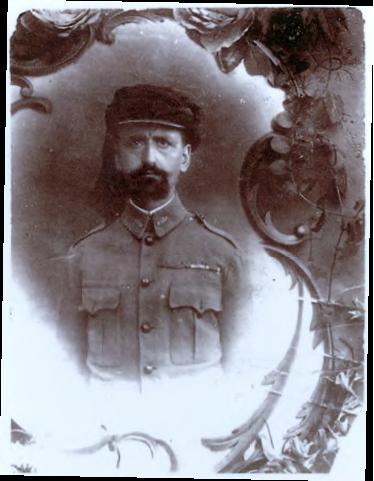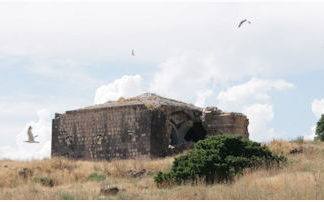WATERTOWN, Mass. — Armenians throughout the world remember August 5, 1920 as the 90th anniversary of the short-lived independent Armenian republic formed in Cilicia under French mandate.
During the same period, Armenians memorialize the 92nd anniversary of the Battle of Arara, on September 19, 1918, when the Armenian soldiers who comprised the Légion Arménienne (Armenian Legion) defeated a combined German-Turkish force to spur the final victorious campaign of the Allies in the Middle East during World War I.
The Légion Arménienne (1916-1920) was an all-volunteer regiment, organized under an agreement between England and France with the Armenian National Delegation President Boghos Nubar Pasha. Leaders of the Armenian Diaspora raised a volunteer fighting force of about 4,500 soldiers, commanded by French officers, who participated in the wartime operations on the Palestine front as part of the combined Anglo-French forces fighting against the Turkish-German army. In exchange for this support, France promised to give autonomy to Cilician Armenia.
The Armenian Legion received its military baptism in the Battle of Arara on September 19, 1918. The Legion was ordered to seize a key front-line position at the heights of Arara, located south of Nablus, Palestine (present-day Israel). They achieved their objective brilliantly, with a decisive victory over the enemy forces, thus reversing the course of the war. The Allied forces advanced northward unchallenged; six weeks later Turkey withdrew from the war (in accordance with the terms of the Mudros Armistice of October 30, 1918).
Troops from the Armenian Legion served as the advance guard as the Allied forces moved into Cilicia, occupying Adana, Aintab, Marash, Urfa and other centers. Displaced Armenians now began to return to their homes and rebuild their lives. Armenians quickly reasserted their leading roles in commercial, cultural and educational endeavors.
In September 1919, the first anniversary of the victory at Arara was celebrated with great fanfare.










